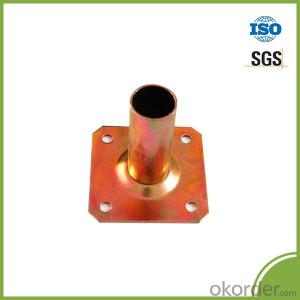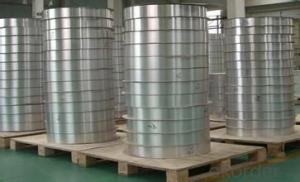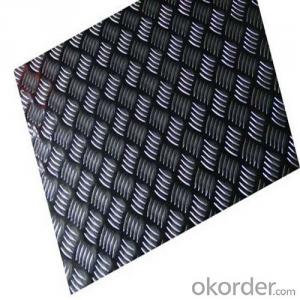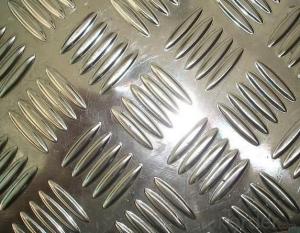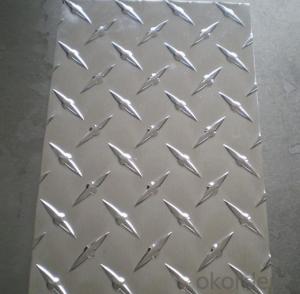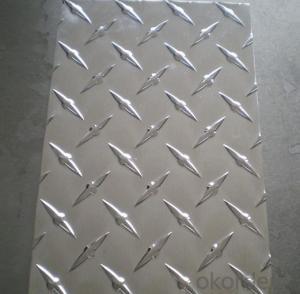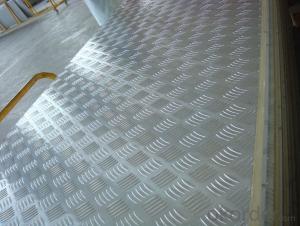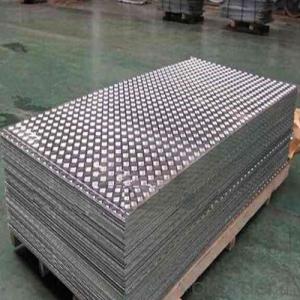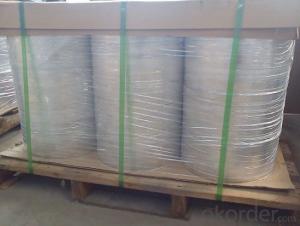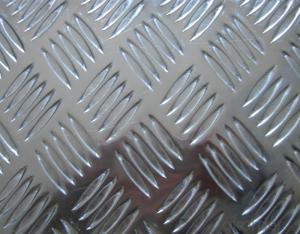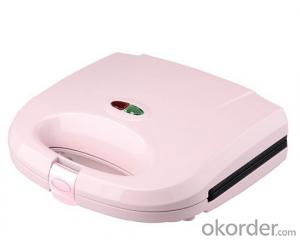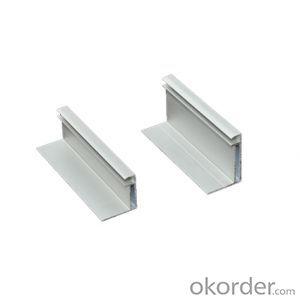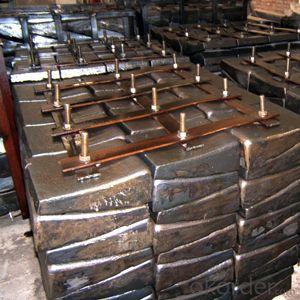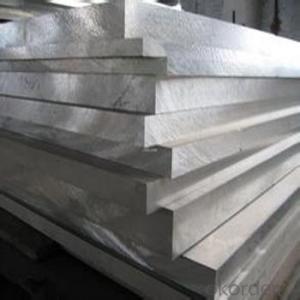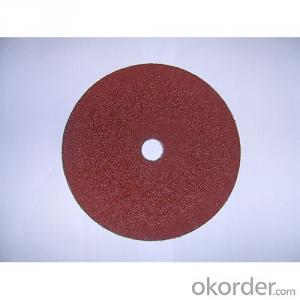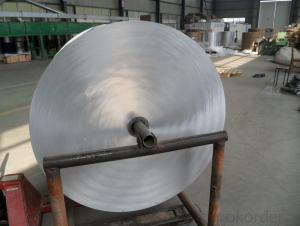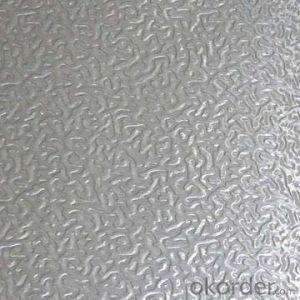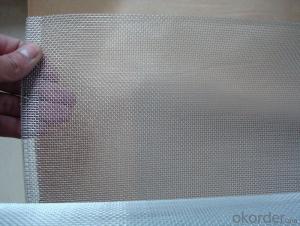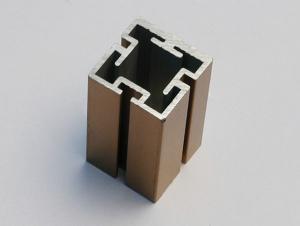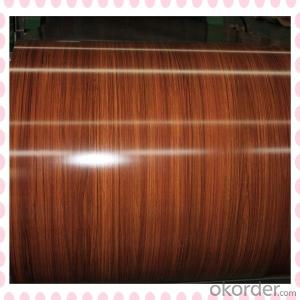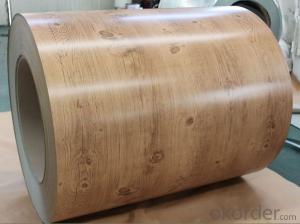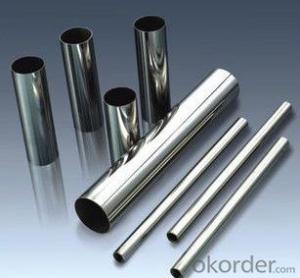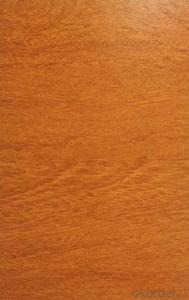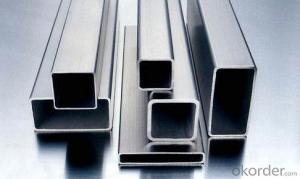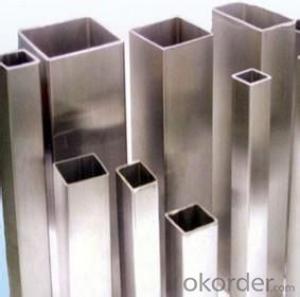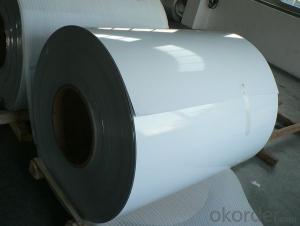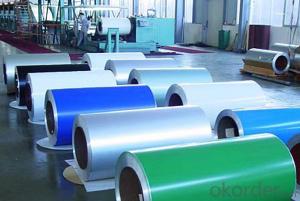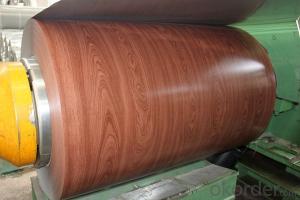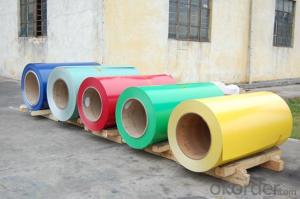Ubr Aluminum Strike Plate
Ubr Aluminum Strike Plate Related Searches
Magpul Ubr Aluminum Strike Plate Aluminum Armor Plate Ribbed Aluminum Plate Aluminum Kick Plate Aluminum Push Plate Aluminum Pressure Plate Aluminum Plate Armor Aluminum Ramp Plate Aluminum Build Plate Aluminum Grill Plate Aluminum Structural Plate Aluminum Traction Plate Aluminum Base Plate Aluminum Deck Plate Kick Plate Aluminum Aluminum Charger Plate Aircraft Aluminum Plate Drill Aluminum Plate Aluminum Router Plate Spec Aluminum Pressure Plate Aluminum Wall Plate Aluminum Spinning Plate Aluminum Thread Plate Aluminum Profile Plate Aluminum Dimple Plate Aluminum Surface Plate Aluminum Threaded Plate Aluminum Motor Plate Aluminum Threshold Plate Aluminum Truck Deck PlateUbr Aluminum Strike Plate Supplier & Manufacturer from China
Ubr Aluminum Strike Plate is a high-quality product designed for use in various applications, offering durability and strength. This product is widely used in construction and door hardware industries, providing a reliable solution for securing doors and ensuring safety. The Ubr Aluminum Strike Plate is known for its ability to withstand harsh weather conditions and maintain its integrity over time, making it a popular choice for both residential and commercial projects.The Ubr Aluminum Strike Plate is utilized in a variety of scenarios, such as securing doors in residential homes, offices, and public buildings. Its versatility allows it to be used in conjunction with various types of door hardware, including hinges, locks, and latches, ensuring a secure and stable connection. This product is also appreciated for its lightweight nature, which makes it easy to install and reduces the overall weight of the door assembly.
Okorder.com is a leading wholesale supplier of the Ubr Aluminum Strike Plate, boasting a large inventory to cater to the needs of various clients. As a reliable source for this product, Okorder.com ensures that customers receive high-quality Ubr Aluminum Strike Plates at competitive prices. By offering a wide range of options and maintaining a robust stock, Okorder.com has become a go-to destination for those seeking to purchase Ubr Aluminum Strike Plates for their projects.
Hot Products


